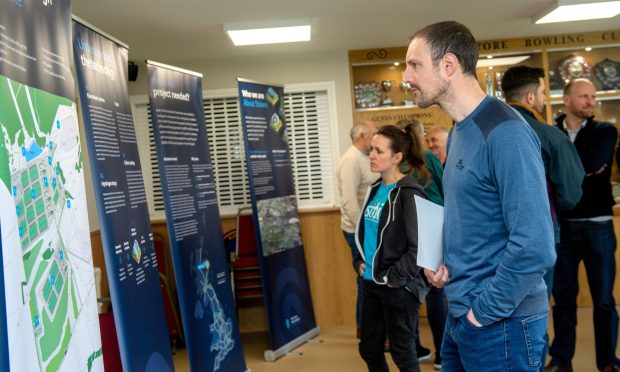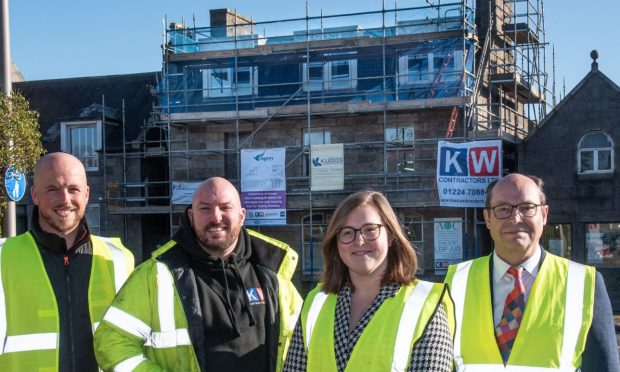Aberdeenshire councillors have unanimously agreed to raise council tax in the region by 4.84% for the financial year of 2020/21 – the maximum possible increase.
In a full council meeting this morning, elected members from all sides of the political spectrum voted in favour of the raise.
The Scottish Government has granted local authorities the ability to raise council taxes by 3% in addition to inflation, agreed at 1.84%, to a maximum of 4.84%.
Addressing members, council leader Jim Gifford said the authority has some “difficult choices to make”.
It is the second financial year in a row that council tax has gone up in Aberdeenshire.
He said: “Given the overall position that this council currently faces, and especially in light of the Scottish Budget last week that appears to have given us next to no additional funding when compared to our level of commitments, we have some difficult choices to make.
“The magnitude of funding reductions that we must consider, in order to produce a balanced budget, means we have little choice this year but to look to using that full council tax raising power.”
Under the new tax, the average Band D household in Aberdeenshire will now pay £1,300 in council tax.
Mr Gifford added: “We don’t take this decision lightly, but we must act responsibly and consider all options available to us, to create a solid foundation of locally determined revenue to enable continued investment in local services while mitigating against the worst of the cuts to budgets that could avoided if we just got a more generous settlement from Edinburgh.”
Councillor Richard Thomson, of Aberdeenshire Council’s SNP group, said: “We fully endorse the proposals to increase the council tax by 3% plus inflation to the maximum possible level of 4.84%.
“There’s significant uncertainty around budgets in all parts of these islands right now.
“Westminster is not looking to be setting its budget until March 11, and this has completely banjaxed the normal budget process for the Scottish government, and by extension local government also.
“Whilst it’s deeply unfortunate that we’re in the position to set our council tax before our revenue budget, because in an ideal world we should be setting the two at the same time, I don’t believe we have any other choice here.
“It’s incumbent upon us as local representatives in Aberdeenshire to provide as much certainty as we can.
“And one of the ways we can do that is to maximise the level of resource that is available for us for local services, in order to invest where we believe is appropriate and also mitigate certain impacts that might otherwise be felt in the context of tighter public spending all round.”
Labour’s Alison Evison, deputy leader of the opposition on the council, added: “I also support the rise in council tax that has been proposed by the leaders.
“We can’t shy away from our duty to do all we can to use all the tools that we have at our disposal to support our local communities and services.
“We need to use tools like council tax to address the local priorities that we face.”
Councillor Paul Johnston, leader of the Democratic Independent and Green group, also welcome the tax increase.
He said: “I think it should be said that when we’re proposing 4.84%, even that does not cover the funding shortfalls that this authority has.
“It will not prevent cuts. It will allow a little bit more flexibility over this year and next year as time goes by, but ultimately our service provision will be reduced.”










